What are the taste characteristics of Guatemala Polsa? Planting stories and history cooking sharing
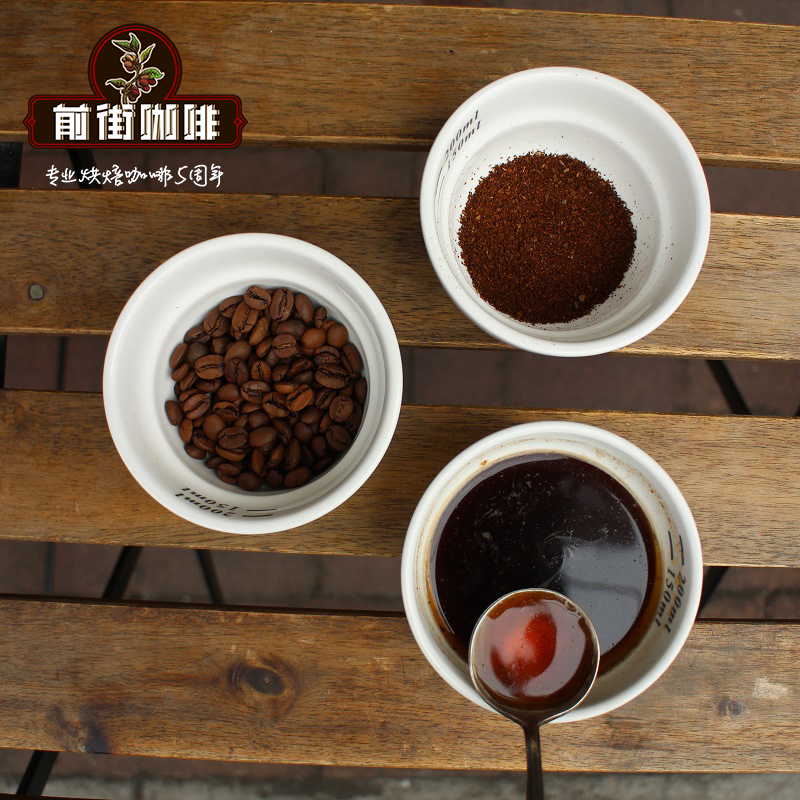
You know, high-quality coffee is grown in high-altitude volcanic areas, because the volcanic soil has very fertile soil and can provide a lot of nutrition for coffee trees, so the national level with volcanoes has the advantage of growing coffee. Qianjie shares a manor coffee from a volcano in a producing area of Guatemala.
Guatemalan coffee is very famous, located in Central America, where the geographical environment is unique, north and North America, south and South America border. Facing the Caribbean Sea and the Gulf of Mexico, the climate is relatively hot and humid, and it has always been an important coffee producing area in the world. Located in the tropics, there are many volcanoes in the territory, the northern and eastern coastal plains have a tropical rain forest climate, and the southern mountains have a subtropical climate. The year is divided into two dry and wet seasons, with the wet season from May to October and the dry season from November to April of the following year. The annual precipitation is 2000ml / 3000mm in the northeast and 500m / 1000mm in the south.
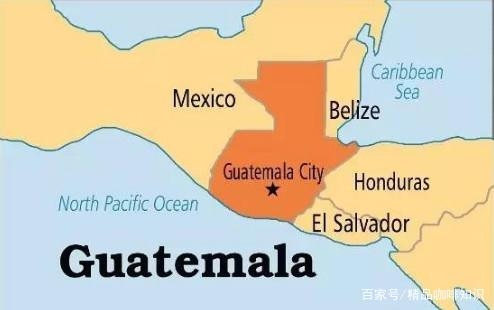
[Polsa]: Vivette South Fruit producing area
Vivette Nan Fruit is located in the highlands of northwestern Guatemala and is planted at an altitude of 1800 Murray 2100 meters. it is the highest coffee producing area in the country and is famous for producing high quality beans. Due to the large number of rivers and lakes in Guatemala, the Vivette Nanguo region is rich in mountains and water resources, dry climate but abundant water resources, and complete water conservancy facilities in the region, coffee is mostly washed and processed.
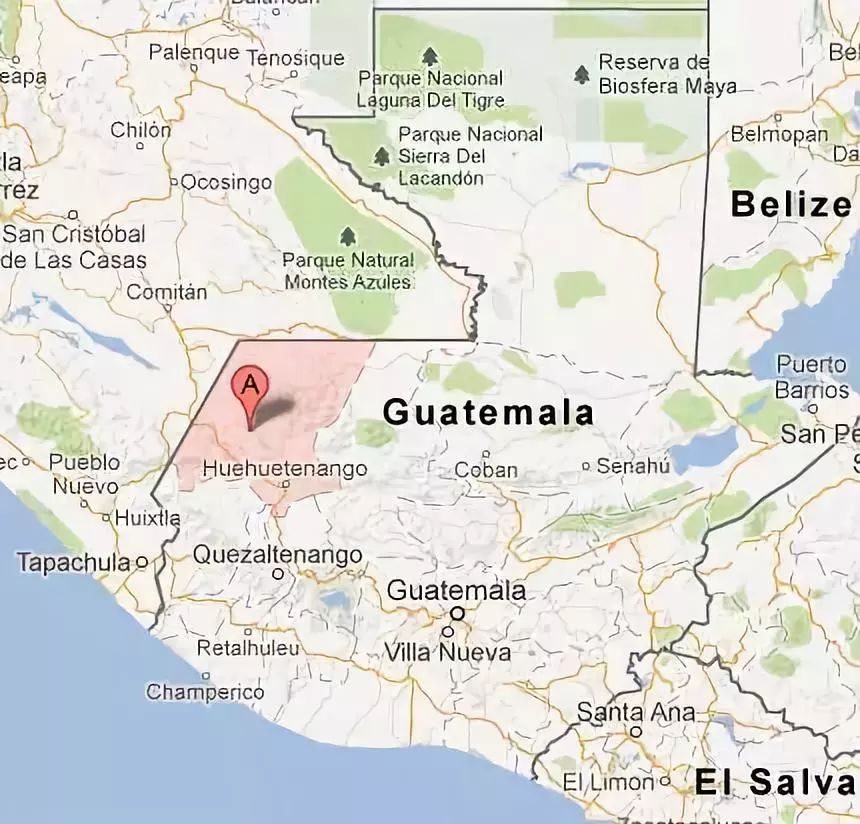
[Polsa]: altitude: 1500 m
[Polsa]: Pacamara is a hybrid of Pacas Pacas and Marago Rippi Maragogype. First bred by researchers in El Salvador in 1958, the Pacamara is a rare artificial breeding of excellent varieties, with both the excellent taste of Pacas and the large size of Maragogype, and the bean body is at least 70% and 80% larger than that of beans. The biggest characteristic of this variety is that it is sour, lively and tricky, sometimes biscuit and sometimes fruity, with excellent thickness and grease.
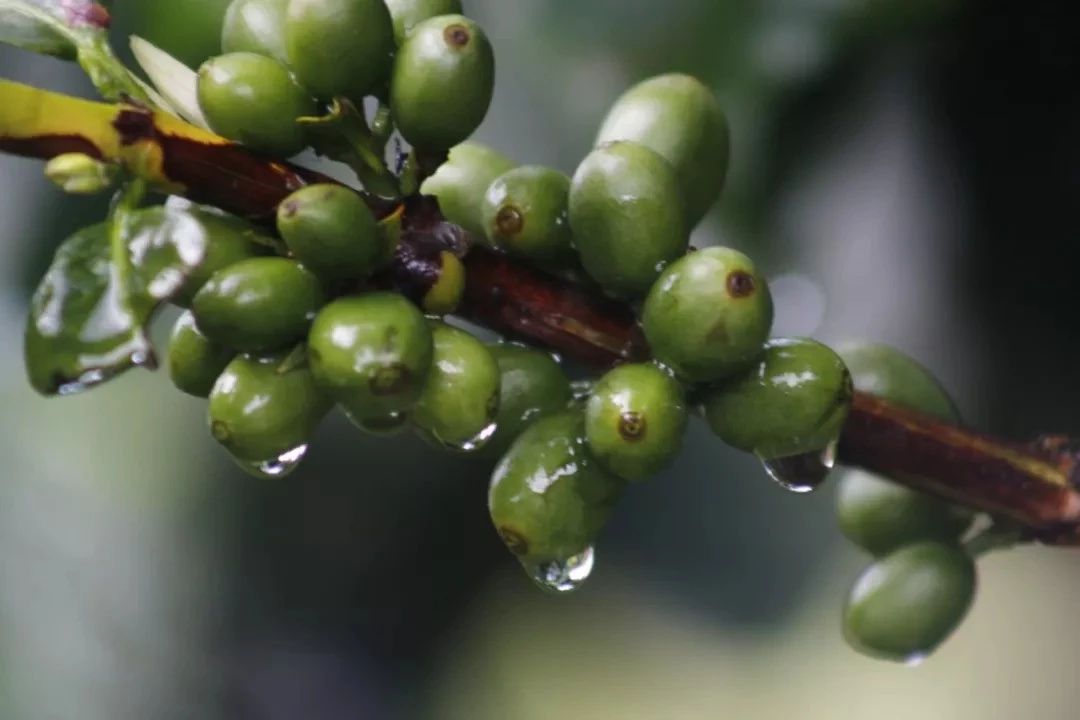
Treatment method: washing method
Pour the coffee beans into a large tank to remove the underdeveloped floating beans; remove the peel and pulp and put them into the fermentation tank for 36 hours, the fermentation bacteria will dissolve the pectin; as the fermentation bacteria and impurities will remain, they will be cleaned. The flavor shows obvious acidity and higher cleanliness.
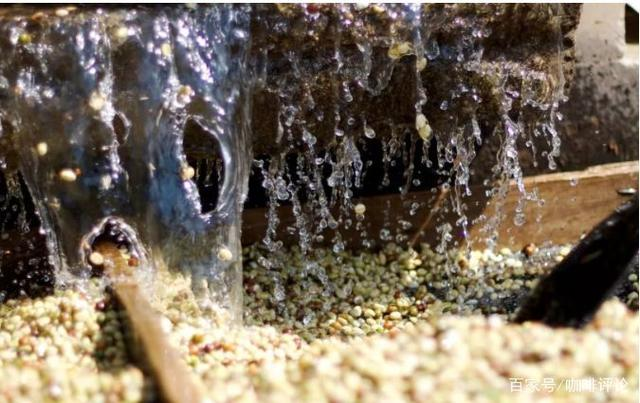
[Polsa]:
The granule of giant bean [Pacamara] is relatively large, and the density is higher, and the moisture content of the newly produced kidney bean is higher. The heat absorption is also relatively fast in the baking process, and the Mena reaction process is also relatively fast. The yellowing point is about 5 minutes, the bean temperature is 200 degrees Celsius, and the firepower is also relatively increased. In the baking process, the firepower is gradually adjusted according to the need. In the bean into the yellowing point, dehydration completed, an explosion precursor respectively adjust the firepower to avoid bean table burns. Under this operation method, the dehydration time of coffee is relatively shortened, the heating rate is 6-8 degrees every 30 seconds, and enters an explosion earlier, preserving more flower and fruit aroma, clean and bright acidity.
Enter the pot at 200 degrees Celsius, adjust the firepower to 160 degrees after opening the throttle for 30 seconds, keep the throttle unchanged, the temperature return point is 1: 45 ", keep the firepower, at 5: 00" the bean surface turns yellow, the smell of grass disappears completely, enter the dehydration stage, the firepower is reduced to 130 degrees, and the throttle is adjusted to 4.
The dehydration was only completed at 7 '30pm. When the firepower dropped to 80: 00, ugly wrinkles and black markings appeared on the bean surface, and the smell of toasted bread obviously changed to coffee, which can be defined as a prelude to an explosion. At this time, listen carefully to the sound of the explosion point. Start the explosion at 8: 15 ", turn the firepower down to 50, and the throttle is fully open 5 (the firepower should be very careful, not so small that there is no burst sound), and develop 1: 50 after an explosion." Put it in the pot at 194 degrees.
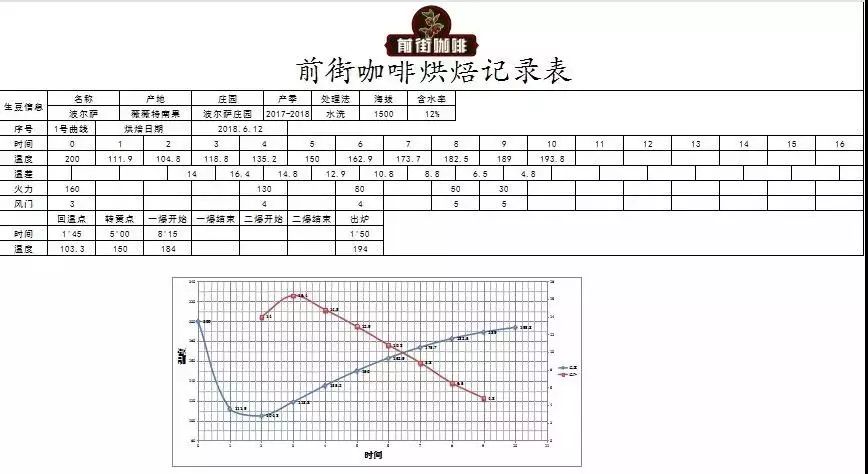
The cup tests the flavor: [Polsa]: the sweet and sour feeling is obvious and soft, with the sour taste of lemon, passion fruit and plum, with the aroma of brown sugar, and the taste is constantly changing with the change of temperature.
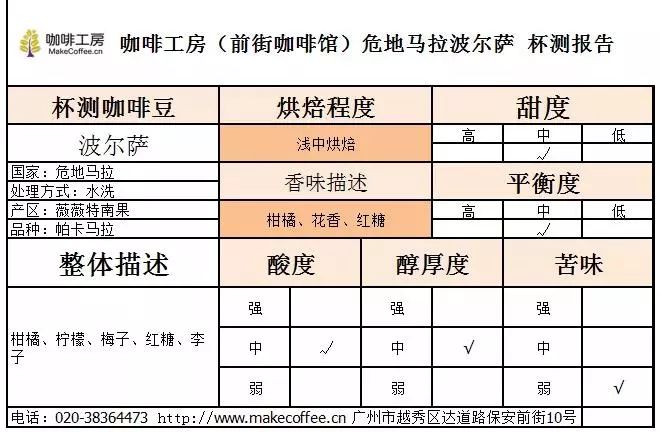
Recommended cooking:
Recommended method: V60 hand flush
Degree of grinding: small Fuji 3.5 (Chinese standard No. 20 screen pass rate 64%)
Water temperature: 90 ℃
Gouache ratio: 1:15
Length of time: 1 hours 39, 55, 55, 35, 39, 03.
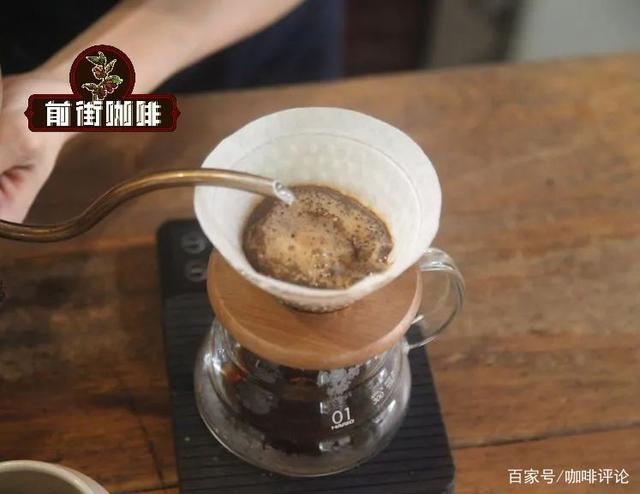
Cooking technique: steam for 30s with 22g water, the first stage of small water injection to 120g-125g, circle from the center to the outside, the outer circle slightly faster, the second stage increase the amount of water injection, circle slightly faster, to 225g stop water injection, the time to cut off water is about 1:45 seconds, the extraction time to remove the filter cup, that is, 30ml 120tel 225g. Especially for cooking [Polsa], the cooking time should not exceed 2 minutes, otherwise it is easy to rush out the astringent feeling.
Important Notice :
前街咖啡 FrontStreet Coffee has moved to new addredd:
FrontStreet Coffee Address: 315,Donghua East Road,GuangZhou
Tel:020 38364473
- Prev
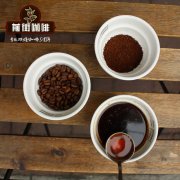
Guatemala Vivette Nanguo Yingjie Manor washing treatment advantages and flavor characteristics?
What are the advantages and flavor characteristics of the washing treatment of Vivette Nanguo Yingjie Manor in Guatemala? Flavor description: temperate fruit notes, drupe cream, peanuts, toast, mild acidity, introverted, smooth taste country: Guatemala: Vivette Nan Fruit Grade: SHB altitude: 1200-1650 m varieties: Kaddura, bourbon, New World very suitable treatment: washing
- Next
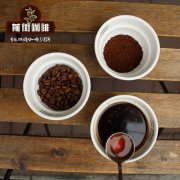
What are the taste and flavor features of the cheetah project Finca La Bolsa in Polsa, Guatemala?
What are the taste and flavor features of the Finca La Bolsa cheetah project in Polsa, Guatemala? Taste: juicy, sweet and full-bodied, suitable for espresso and filtered coffee. In this coffee, we like the thick syrup body, as well as milk chocolate, juicy red grapes, green apples and cherries. A great generalist, perfect for coffee and filter brewing. Finca L
Related
- Detailed explanation of Jadeite planting Land in Panamanian Jadeite Manor introduction to the grading system of Jadeite competitive bidding, Red bid, Green bid and Rose Summer
- Story of Coffee planting in Brenka region of Costa Rica Stonehenge Manor anaerobic heavy honey treatment of flavor mouth
- What's on the barrel of Blue Mountain Coffee beans?
- Can American coffee also pull flowers? How to use hot American style to pull out a good-looking pattern?
- Can you make a cold extract with coffee beans? What is the right proportion for cold-extracted coffee formula?
- Indonesian PWN Gold Mandrine Coffee Origin Features Flavor How to Chong? Mandolin coffee is American.
- A brief introduction to the flavor characteristics of Brazilian yellow bourbon coffee beans
- What is the effect of different water quality on the flavor of cold-extracted coffee? What kind of water is best for brewing coffee?
- Why do you think of Rose Summer whenever you mention Panamanian coffee?
- Introduction to the characteristics of authentic blue mountain coffee bean producing areas? What is the CIB Coffee Authority in Jamaica?

